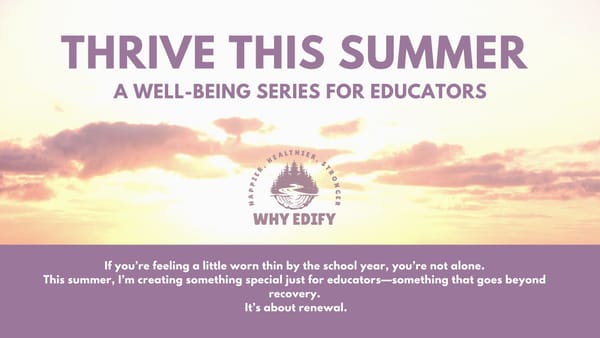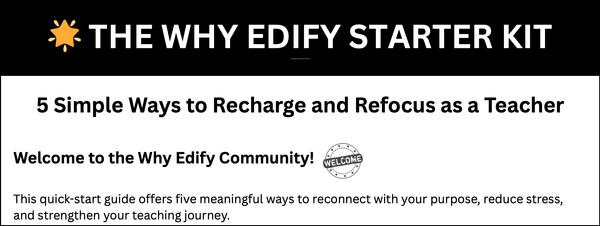Personal Finance Education for Students: Tips and Resources for Teachers
Personal finance education is an essential part of preparing students for the real world. Here are some tips for teachers to make personal finance education more engaging and effective.

Personal finance education is important for high school students. Newly offered personal finance classes in San Marcos Unified School District in California have been successful in teaching students about budgeting, credit, and taxes through hands-on activities and personal stories. Students have responded positively to the classes. It is also important to start financial literacy education at home, which can strengthen relationships between parents and teenagers.
Personal Finance Education for High School Students: Tips for Teachers
Personal finance education is an essential part of preparing high school students for the real world. However, many schools do not offer personal finance classes, and even when they do, students may not be engaged in the material. When I graduated high school there were many aspects of personal finance that I was oblivious to. Here are some tips for teachers to make personal finance education more engaging and effective.
Use a mix of hands-on activities and personal stories to engage students
Personal finance education can be dry and boring if it's just about numbers and concepts. You can make the material more engaging by using a mix of hands-on activities and personal stories. Each year I tell my 8th graders the story of when I bounced a check buying a burrito and fountain drink and it ended up costing me over forty bucks. For example, teachers can have students create a budget for a fictional character or plan a vacation on a budget. Personal stories can help students connect with the material on a more emotional level. Teachers could share their own experiences with money, or bring in guest speakers who have overcome financial challenges.
Start with basic concepts such as budgeting, credit, and taxes
Try starting with basic concepts such as budgeting, credit, and taxes before moving on to more complex topics. Students need to understand how to manage their money before they can learn about investing or retirement planning. You can use real-life examples to illustrate these concepts. For example, they could show students how to calculate interest on a credit card or explain how to fill out a W-4 form.
Emphasize the importance of saving and investing early
One of the most important lessons of personal finance education is the value of saving and investing early. Teachers can illustrate this concept by showing students how compound interest works. They could also have students create a savings plan for a long-term goal, such as buying a car or going to college.
Encourage students to ask questions and seek advice from trusted sources
Students may be hesitant to ask questions about personal finance, especially if they feel embarrassed or intimidated. Try to create a safe and supportive environment where students feel comfortable asking questions and seeking advice. You can also provide resources for students to consult outside of class, such as financial advisors or online calculators.
Consider adapting existing resources and curricula from organizations such as Next Gen Personal Finance
There are many resources available for teachers to use in their personal finance classes. Organizations such as Next Gen Personal Finance provide free resources and curricula for teachers to use. These resources are designed to be engaging and effective and can save teachers time and effort in developing their own materials.
Importance of Family Involvement
Parents and guardians play an important role in fostering financial literacy. Encourage families to have open conversations about money and financial decisions. Suggest activities that families can do together, such as grocery shopping and bill-paying, can also help students learn about managing money in a real-life context.
Conclusion
Personal finance education is an essential part of preparing high school students for the real world. By using a mix of hands-on activities and personal stories, starting with basic concepts, emphasizing saving and investing early, encouraging questions and advice-seeking, adapting existing resources and curricula, and involving families, teachers can make personal finance education more engaging and effective. By promoting financial literacy, we can help students make informed decisions and achieve financial stability in their lives.
Personal Finance Education Resources
- Resources for teaching financial literacy
- 20 Meaningful Budgeting Activities for High School Students
- 20 Financial Literacy Activities for Middle School Students
- Fun Activities to Teach Financial Literacy to Kids
- 5 Activities and Lessons for Teaching Students Financial Literacy
- 10 Free Financial Literacy Games for High School Students
- Fun Games to Teach Your Kids About Money
❤ Enjoy this Article?
🍵 Show Your Support, 🛍 Shop The Store, 👕 Buy Some Swag, 🤗 Share It



